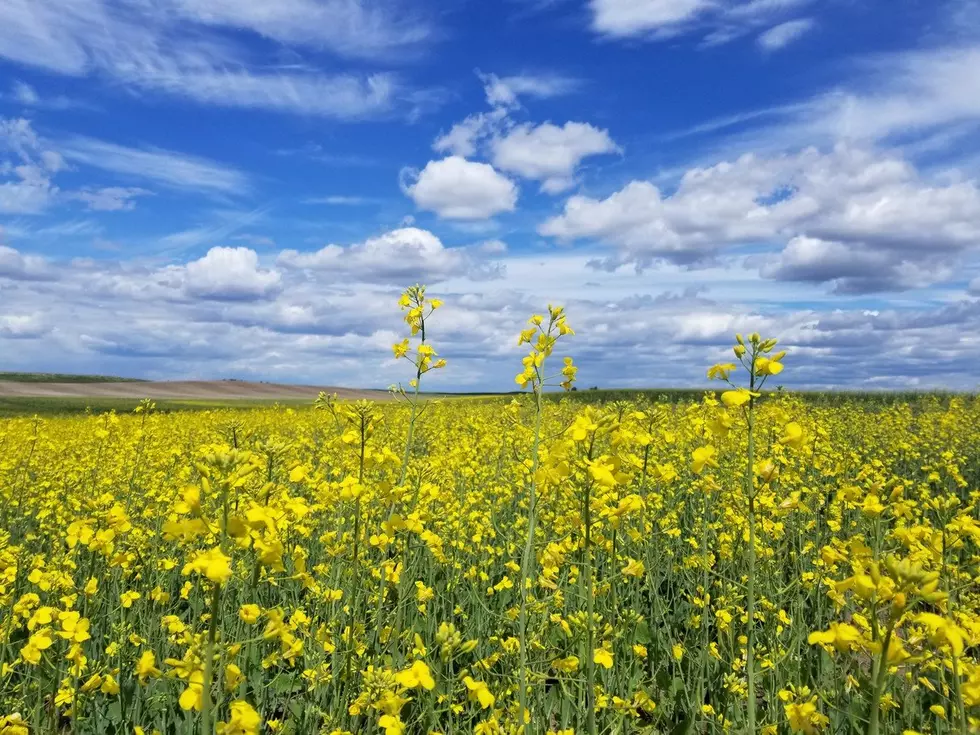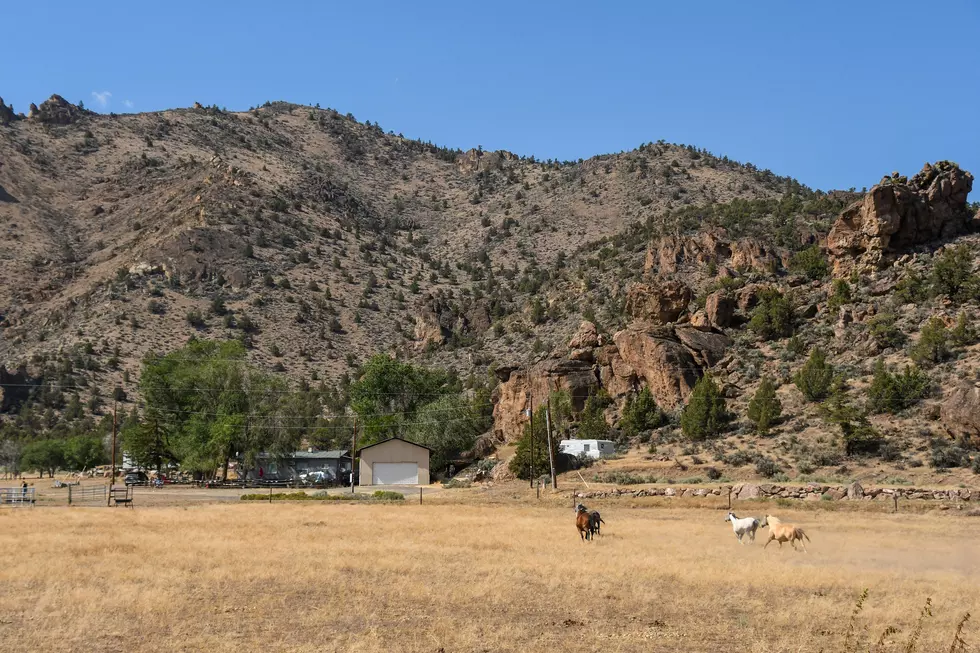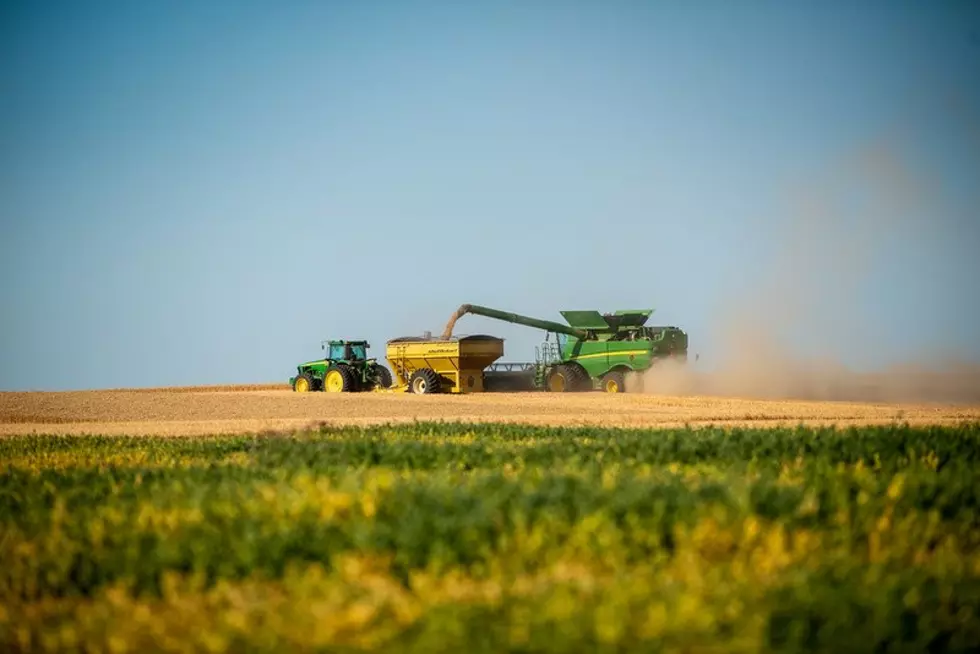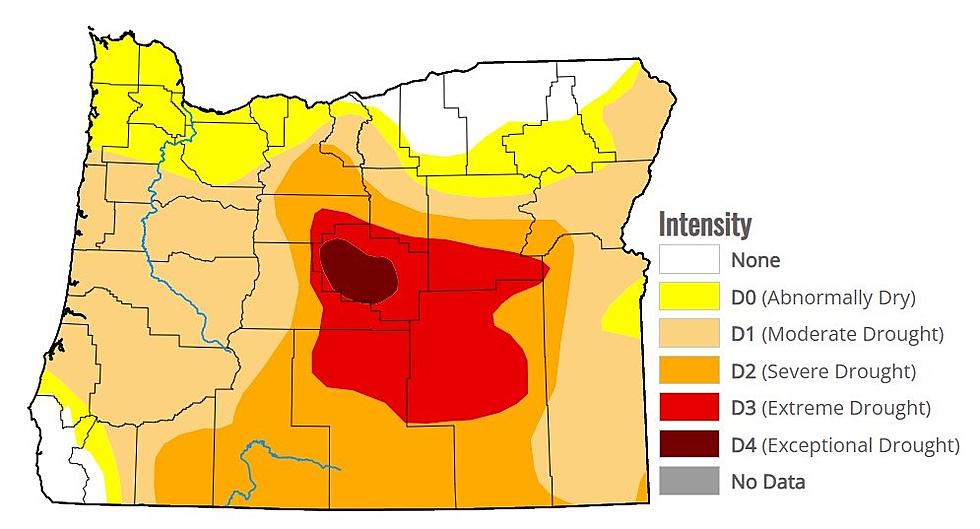
What Can PNW Wheat Grower Do To Overcome The Yield Gap?
When it comes potential yield loss among wheat crops in the Pacific Northwest, recent research points toward unrealized grains per head and low grain weight as the chief issues for growers to overcome. Cat Salois, Director of Research and Technology for The McGregor Company, said the stay green, or longevity, of the flag leaf contributes more to yield than any other photosynthetic trait associated with wheat. She noted growers in the Pacific Northwest have an advantage when it comes the genetics of wheat varieties, thanks to the regional Universities, as well as public and private efforts. So, the question becomes what environmental conditions can growers harness and what kind of management strategies could be used to enhance those conditions.
“One of the attributes was, the Pacific Northwest has longer days, so that means we have longer periods of light that that plant can photosynthesize. That was really I think the contributing factor to why stay green is so important, because at that point we’re about 17 hours of day length, which is two hours more than say our counterparts in Kansas or Oklahoma.”
Salois said her research indicates by shifting a portion of the crop inputs later into the season, they were able to successfully improve the health of the flag leaf, resulting in a consistent 10% yield gain.
She added for growers to close the existing yield gap, more intentionality must be placed on feeing the crop what it needs when it needs it. And that will is especially important during a drought year.
“So, we’re going into grain fill hot and dry, that’s normally how we fill grain in our spring crop and the data really supports that is a very important application when we’re in a drought scenario. It’s on everybody’s mind because we are in a moisture limited situation this year.”
If you have a story idea for the PNW Ag Network, call (509) 547-1618, or e-mail gvaagen@cherrycreekmedia.com
More From PNW Ag Network









